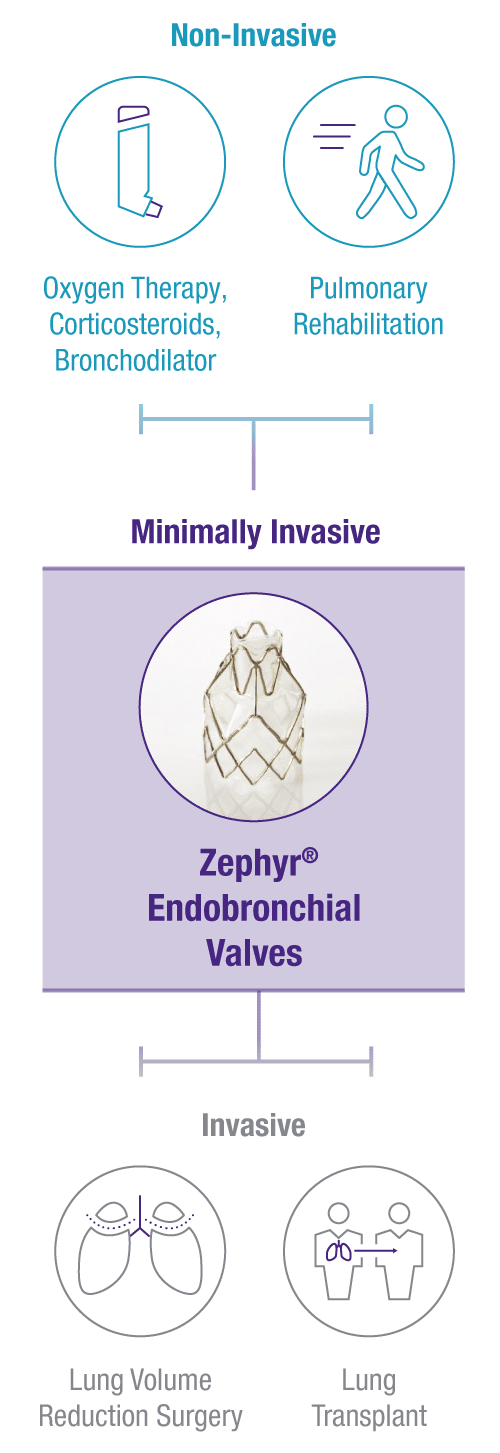Understand COPD/ Emphysema And How It Affects You
When You Have Emphysema, a Form of COPD, Breathing Becomes Hard Work
COPD stands for Chronic Obstructive Pulmonary Disease. It is a disease that makes it difficult to move air in and out of the lungs. The symptoms of COPD include breathing difficulty, cough, mucus production, and wheezing.
It might sound strange, but the reason you have difficulty breathing is not because you can’t breathe in enough air, it is because too much air is trapped in the damaged part of your lung.
When you have COPD/Emphysema and you inhale, the damaged parts of your lungs can no longer release the trapped air naturally, so there is limited space for new air to enter and this causes your shortness of breath. The trapped air can also make your lungs expand beyond what is normal and put pressure on your diaphragm. This is called hyperinflation and can make breathing even more difficult and add to the discomfort you feel.
Understanding How COPD and Emphysema Impact Your Lungs and Cause Breathing Difficulties
COPD patients can experience shortness of breath when air becomes trapped in the diseased sections of the lung. This trapped air makes breathing difficult and simple tasks like taking a shower or doing the laundry can be exhausting.
Ready to learn about a minimally invasive treatment option for severe emphysema, a form of COPD? Find a Zephyr Valve Treatment or Assessment Center near you.
What are the Symptoms of Severe COPD and Emphysema?
COPD is a progressive disease and gets worse over time. Emphysema is a form of COPD. People who suffer from emphysema live with severe shortness of breath that often prevents them from doing simple daily activities without pausing to catch their breath or resting.
Symptoms of Severe COPD and Emphysema
- Inability to catch your breath
- Difficulty performing normal daily activities, such as bathing, getting dressed, doing housework, walking, or eating without feeling breathless
- Fatigue or low energy
- Persistent cough
- Wheezing
- Exacerbations
- Production of sputum or phlegm
- Chest pain or tightness
- Blue or gray lips or fingernails when active
- Frequent respiratory infections, such as bronchitis or pneumonia
Find Out if You May Qualify for the Zephyr Valve
Since the disease gets worse over time, people often “get used to” the limitations their symptoms have on their lives. This creates a new “normal” for people without them even realizing it.
You don’t realize how much the disease has been limiting your life until you feel better.
– Marianne, 72, Park Ridge, IL

Know Your Treatment Options
Medication, often delivered via an inhaler, is still usually the first thing your doctor will suggest. But as your disease progresses, some medications that worked well for several months may stop being effective.
For some people, medication and oxygen do not provide enough relief. Until the Zephyr Valve became available, procedures involving cutting or incisions have historically been the only other option.
The Zephyr Valve is a minimally invasive, non-drug treatment for severe emphysema that may help you breathe easier, be more active, and improve your quality of life.1

Please review the safety information provided on this site.
A Review of the Common COPD and Emphysema Treatment Options
Less Invasive
- “Stop smoking” program – In order to benefit from minimally-invasive treatment options, you will be required to stop smoking to receive treatment.
- COPD medication – This may involve inhalers, oral steroids, antibiotics, or other prescription medications.
- Pulmonary rehabilitation – Your doctor may refer you to therapy to help you exercise your lungs and learn how to breathe more efficiently.
- Oxygen therapy – COPD and Emphysema reduce the amount of oxygen that can reach your bloodstream. Your doctor may prescribe oxygen therapy when medication is not doing enough for you.
Minimally Invasive
- Zephyr Endobronchial Valve – The Zephyr Valve is a device for the treatment of severe emphysema. It is not another prescription medication and does not require cutting or incisions. Instead, the Zephyr Valve treatment is a short medical procedure that has been shown to help patients breathe easier, do more, and enjoy a better quality of life.1 For important safety information see here.
More Invasive
- Lung volume reduction surgery and bullectomy surgery – A surgeon will open your chest and cut out areas of damaged lung tissue, or large air spaces (bullae). It has been shown to improve patients’ breathing, but like any major surgery comes with substantial risks.
- Lung transplant – When the lungs are too damaged to benefit from lung volume reduction surgery, certain patients may meet the criteria for lung transplantation surgery. If patients receive this treatment, they must take immune-suppressing medications for the rest of their lives. Like any major surgery, this treatment comes with substantial risks.
US-EN-1020-v3



 If you do not see an email from “Val at Zephyr Valve” in your inbox within 15 minutes of signing up, go to your “Spam” folder within Gmail. (You may have to click "More" to see the Spam folder.) Select the email from "Val at Zephyr Valve."
There will be a gray box at the top that says “Why is this message in spam?” Click the “Report Not Spam” button. This will move the email to your inbox.
If you do not see an email from “Val at Zephyr Valve” in your inbox within 15 minutes of signing up, go to your “Spam” folder within Gmail. (You may have to click "More" to see the Spam folder.) Select the email from "Val at Zephyr Valve."
There will be a gray box at the top that says “Why is this message in spam?” Click the “Report Not Spam” button. This will move the email to your inbox. Go back to your inbox and open the email. Click on the icon next to “Val at Zephyr Valve”, you’ll see a person icon with a “+”. Click that, and you can add Val to your Contacts list. If you don’t receive a second email from us in a few days, please check your Spam folder again.
Go back to your inbox and open the email. Click on the icon next to “Val at Zephyr Valve”, you’ll see a person icon with a “+”. Click that, and you can add Val to your Contacts list. If you don’t receive a second email from us in a few days, please check your Spam folder again.
